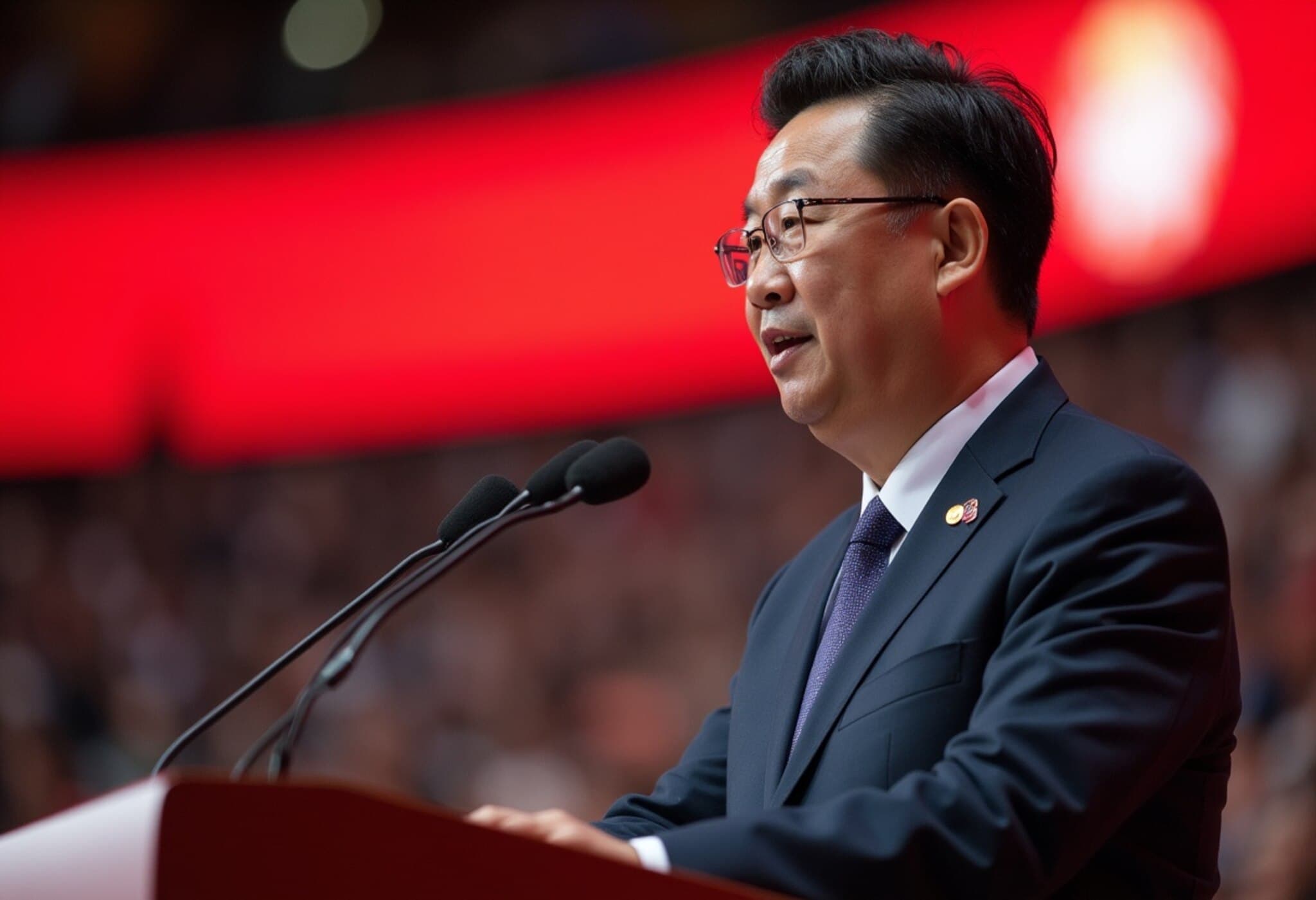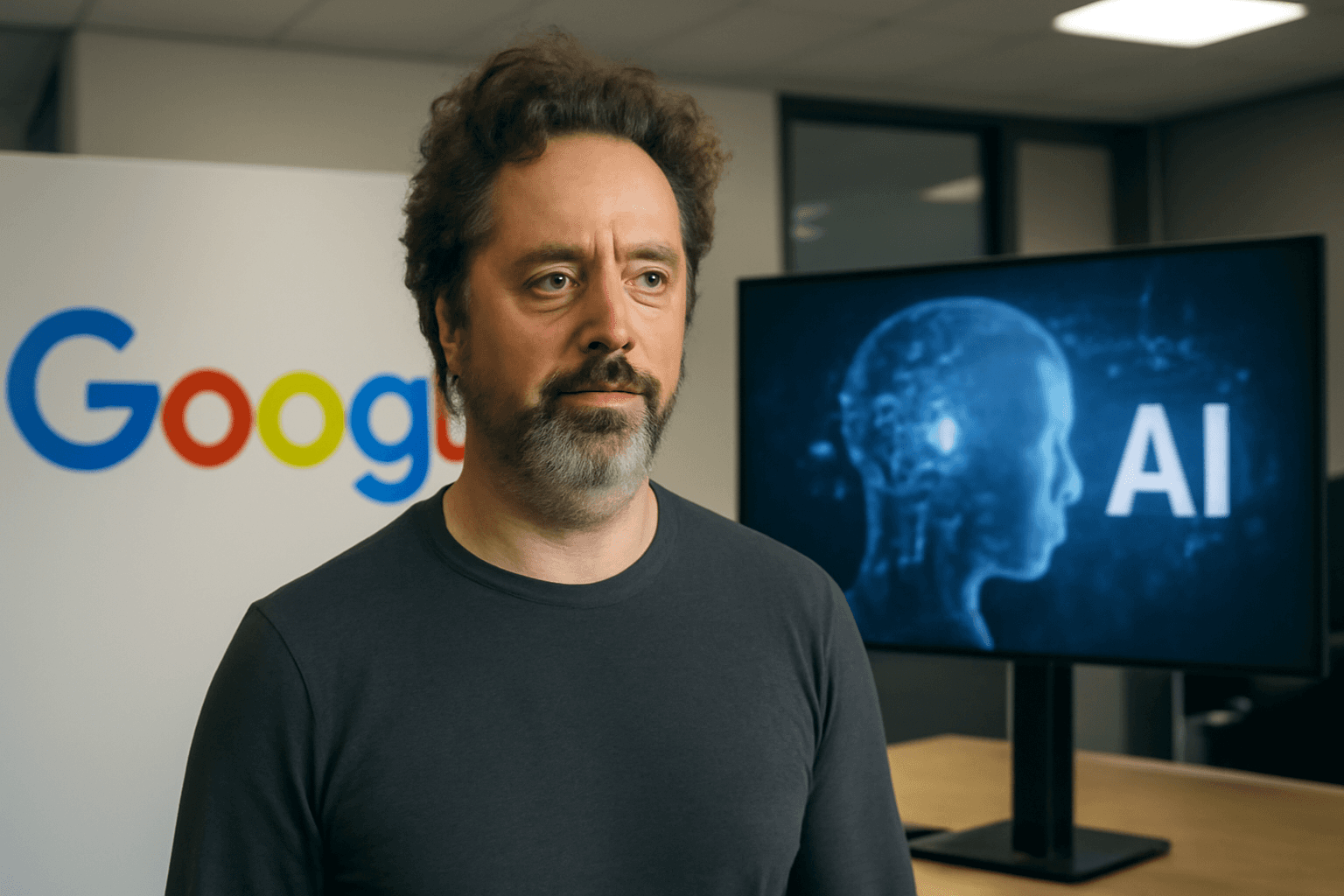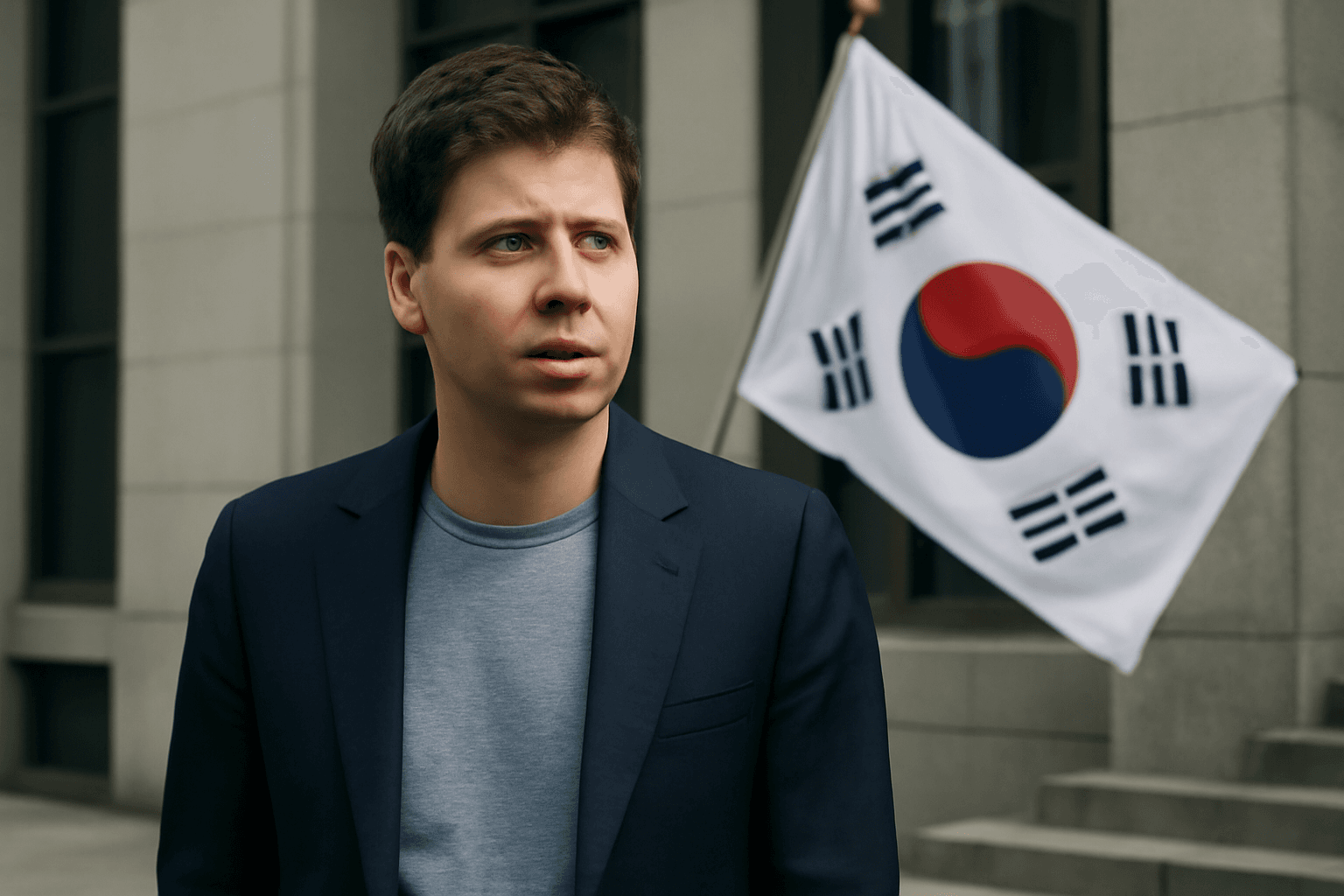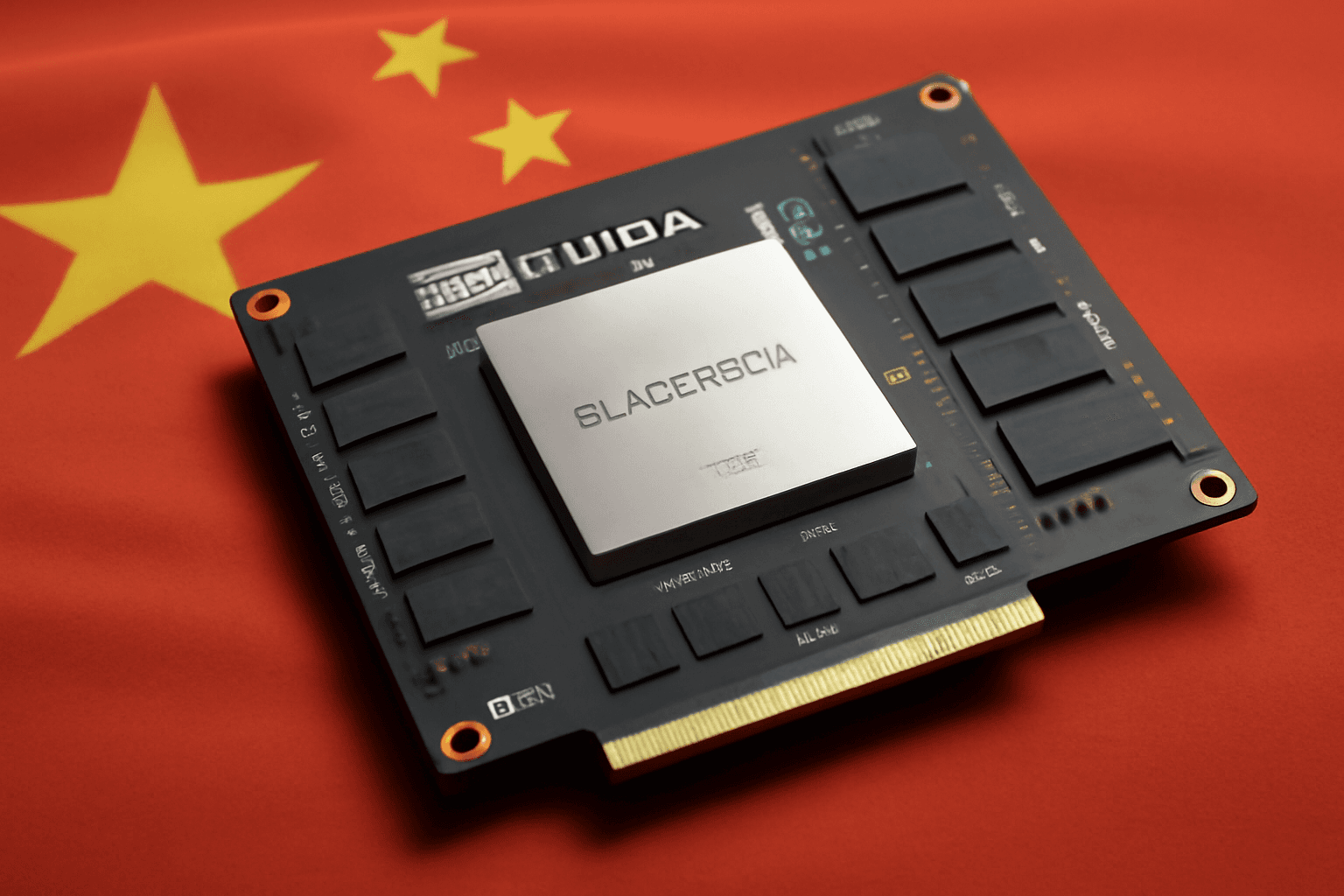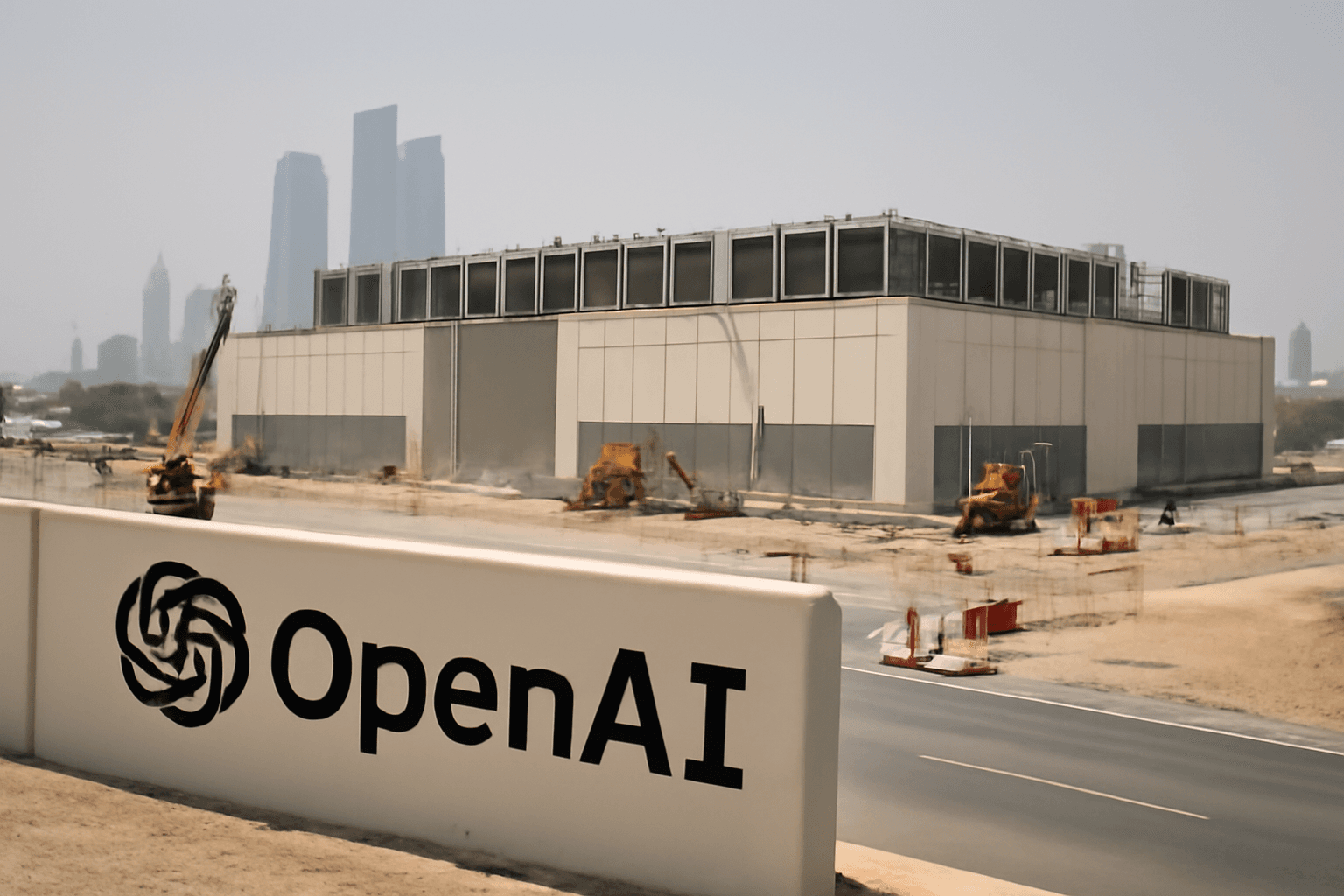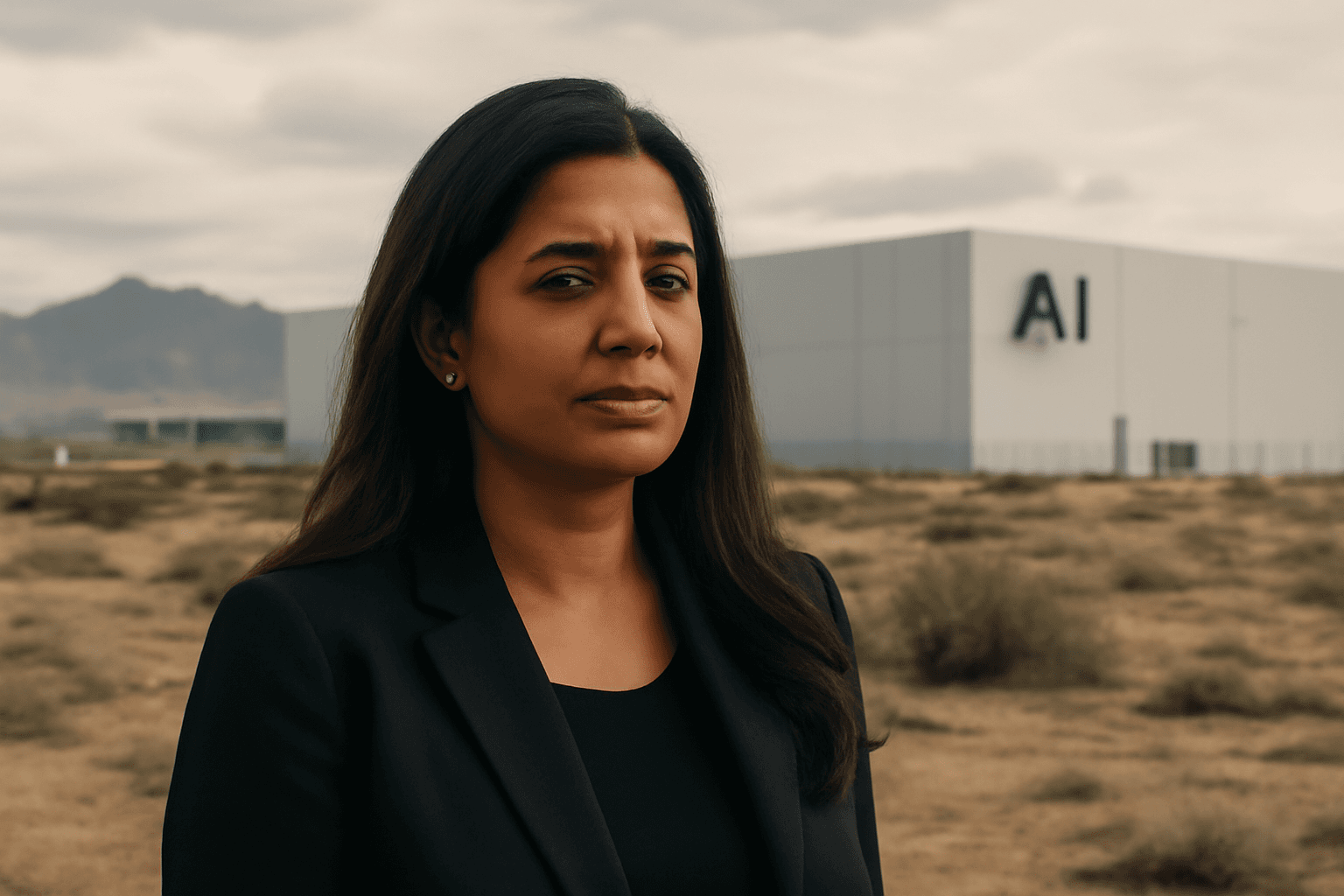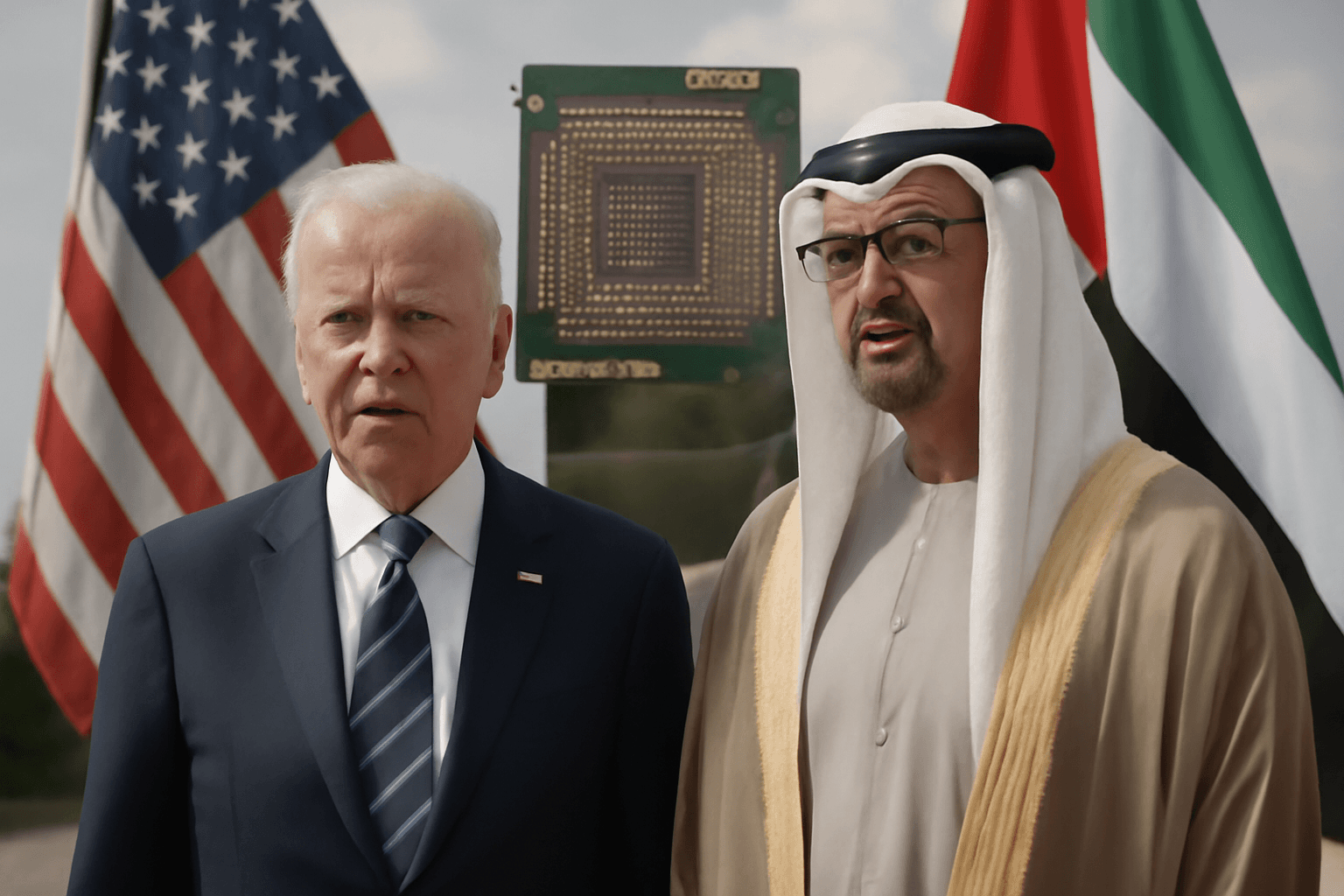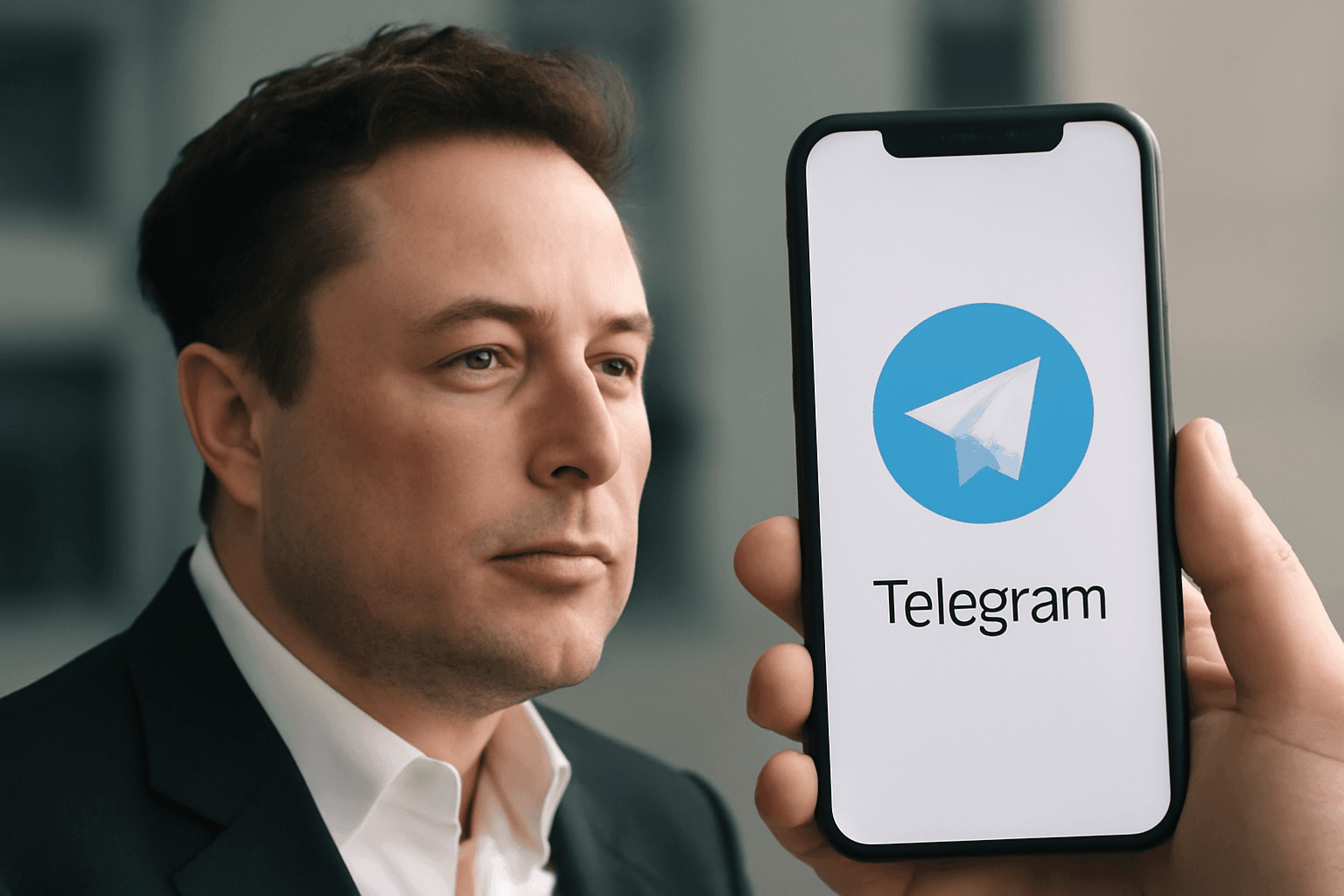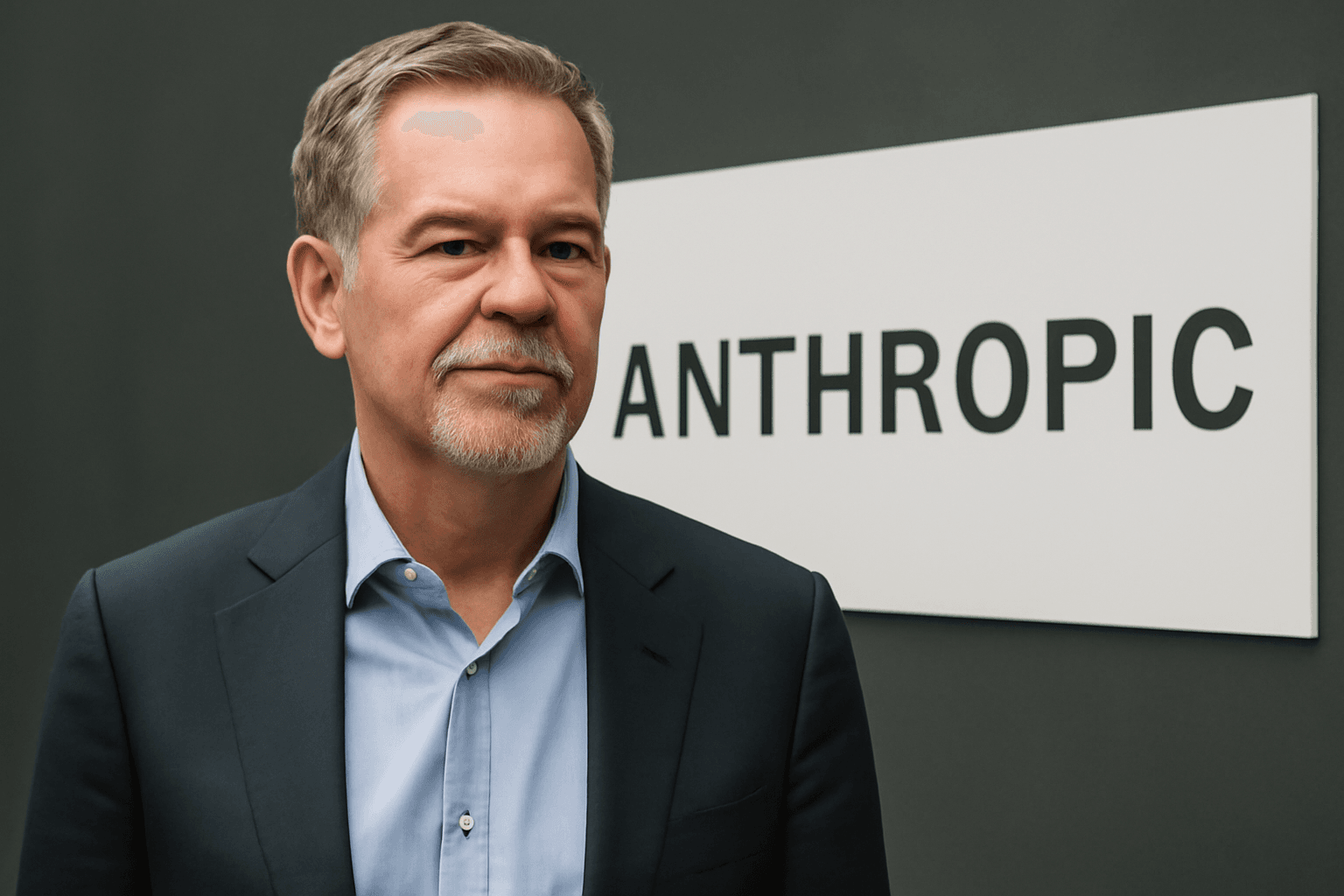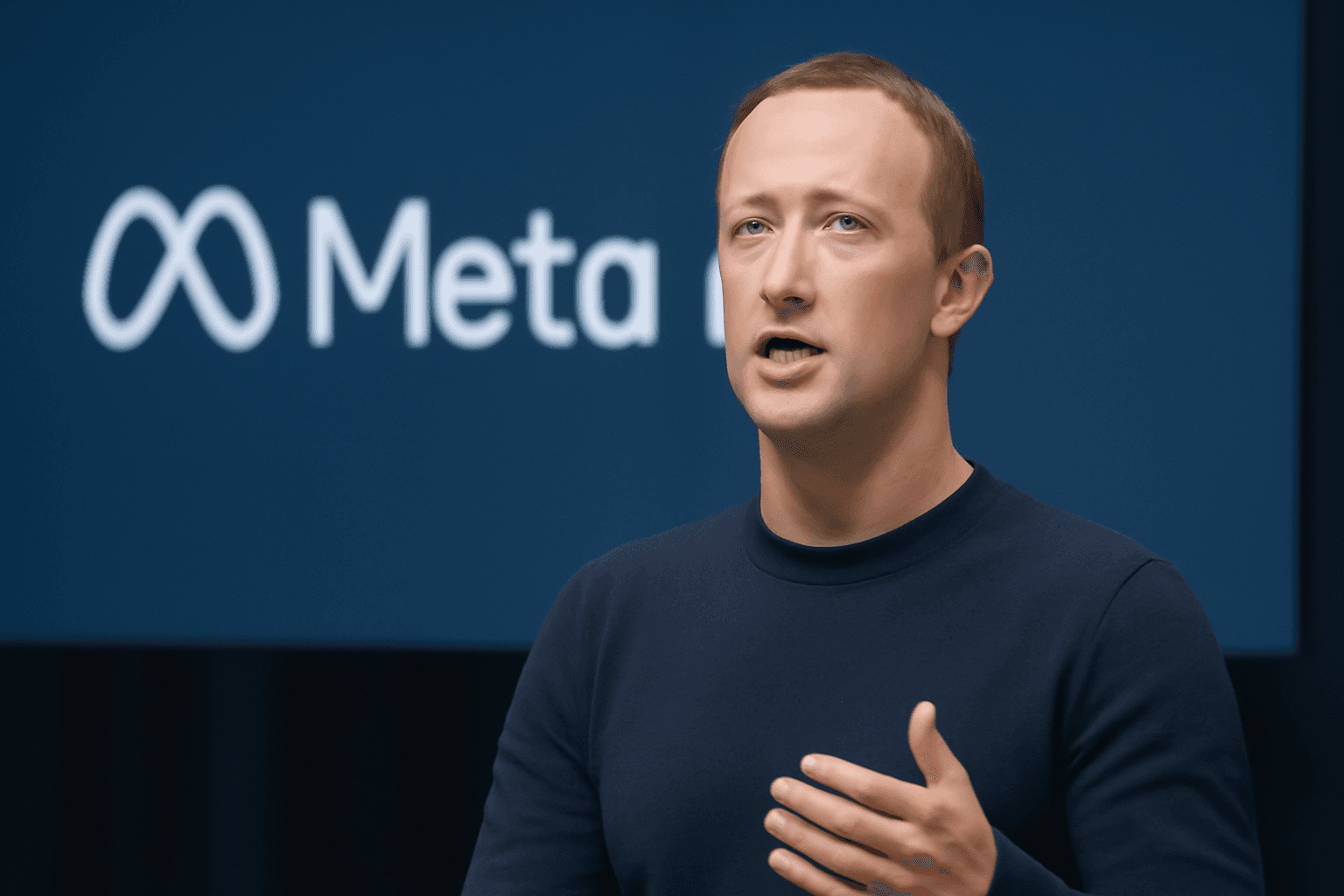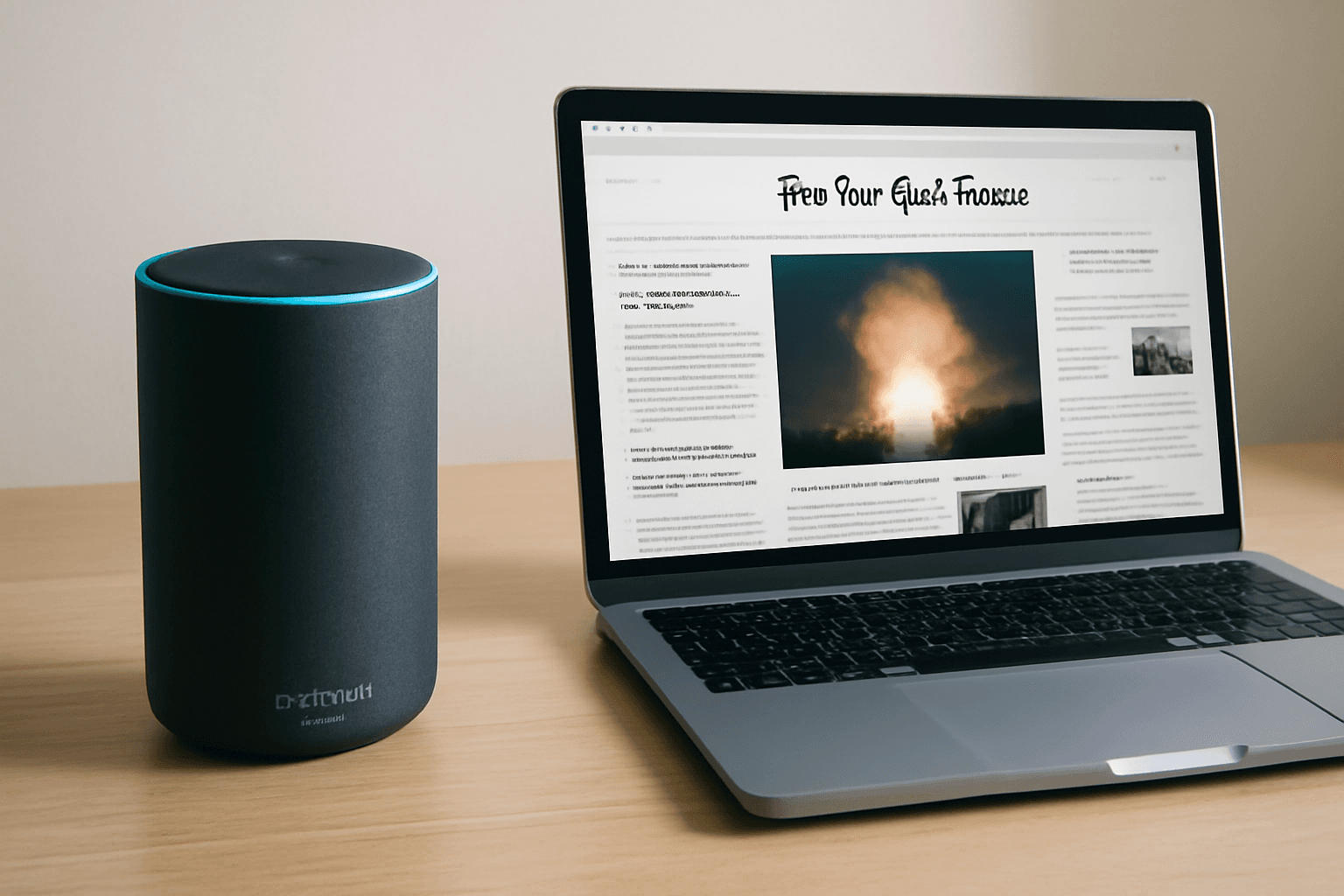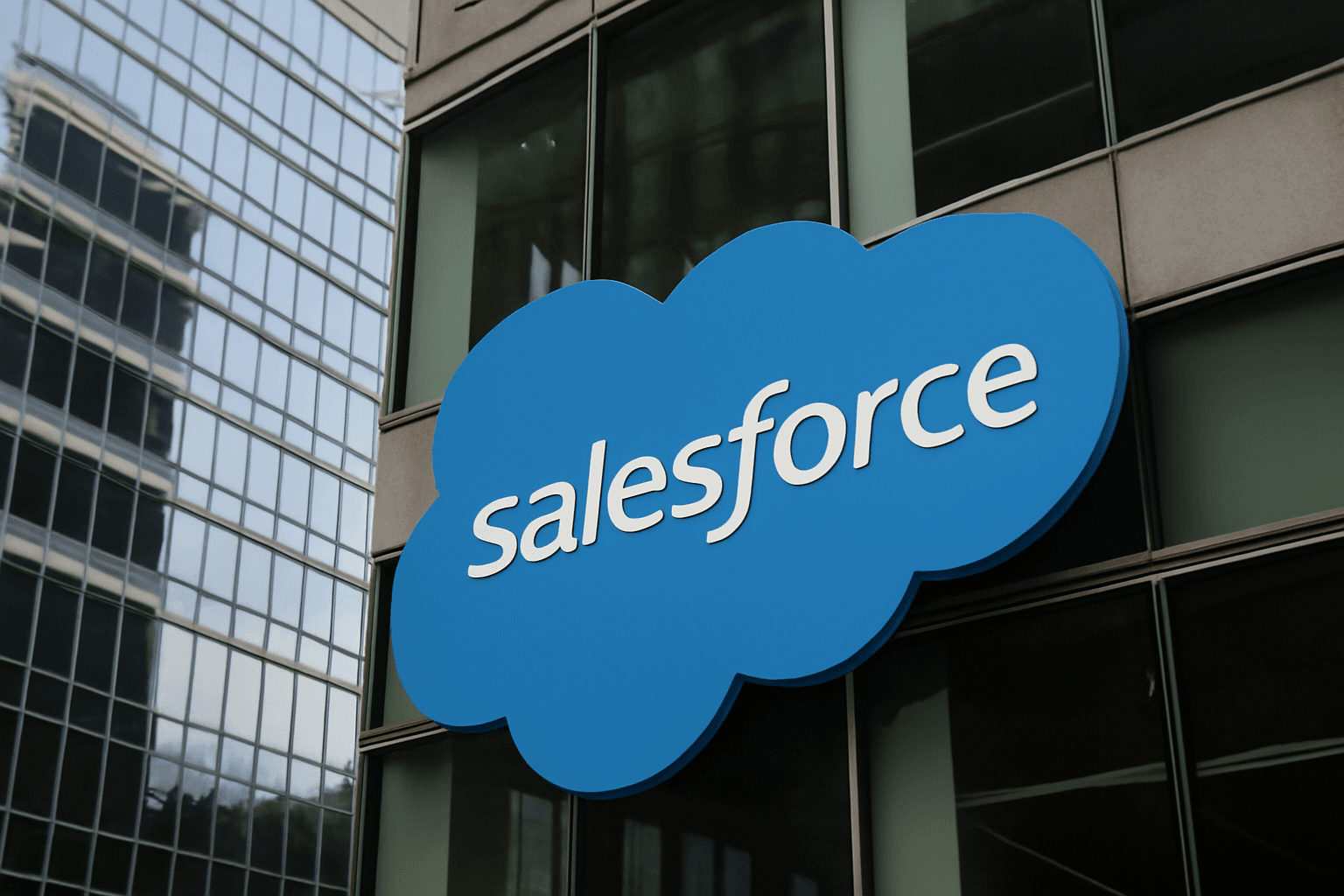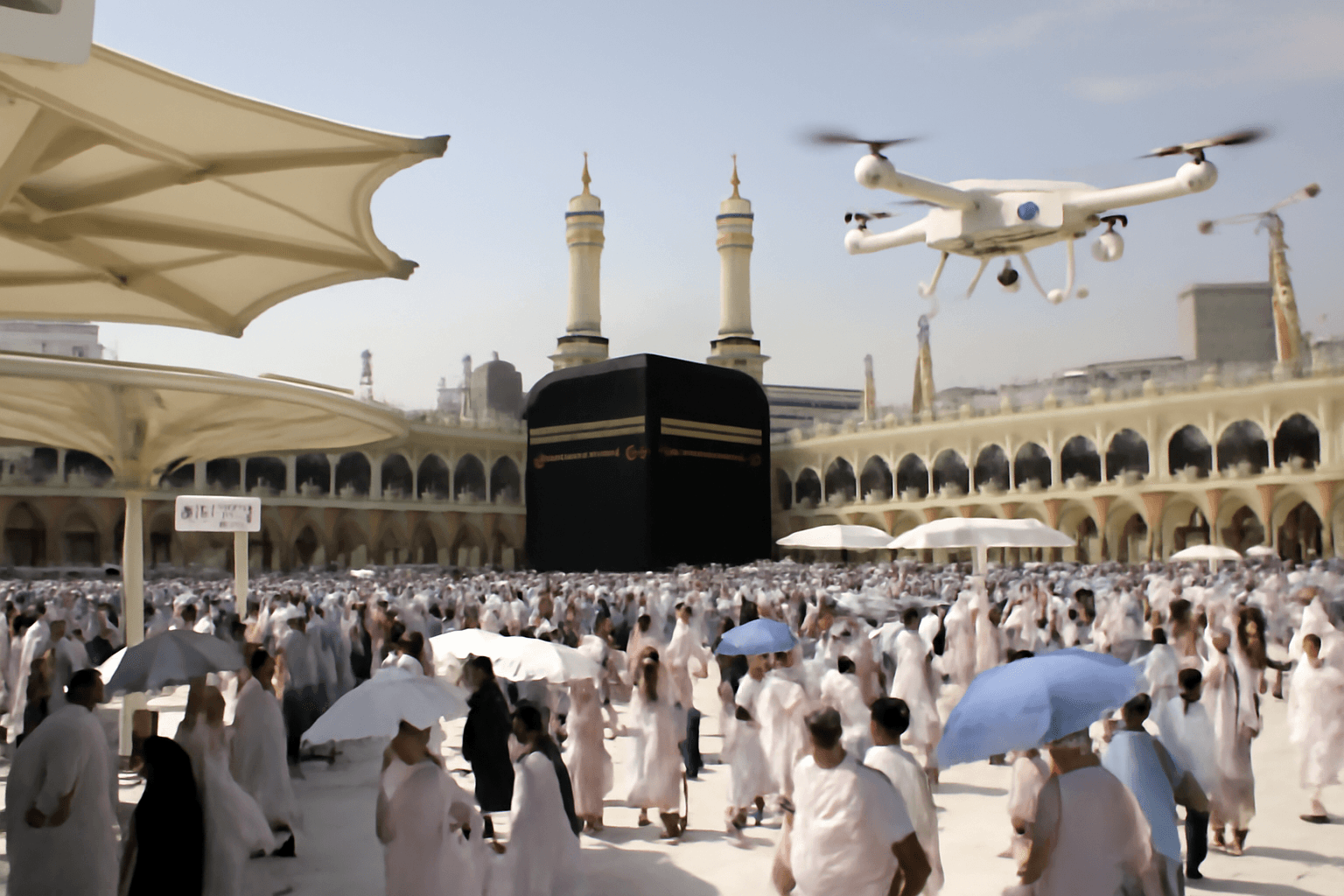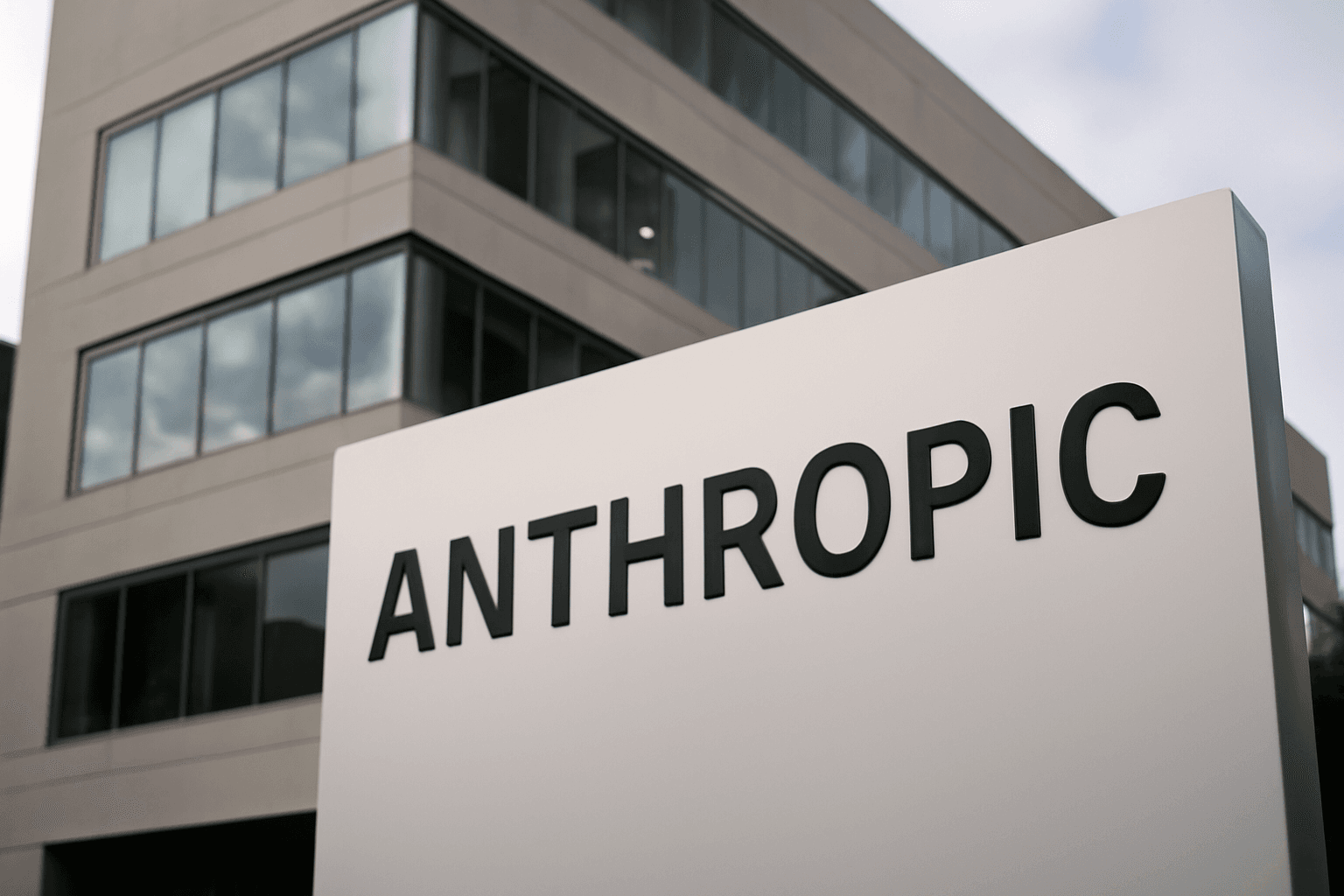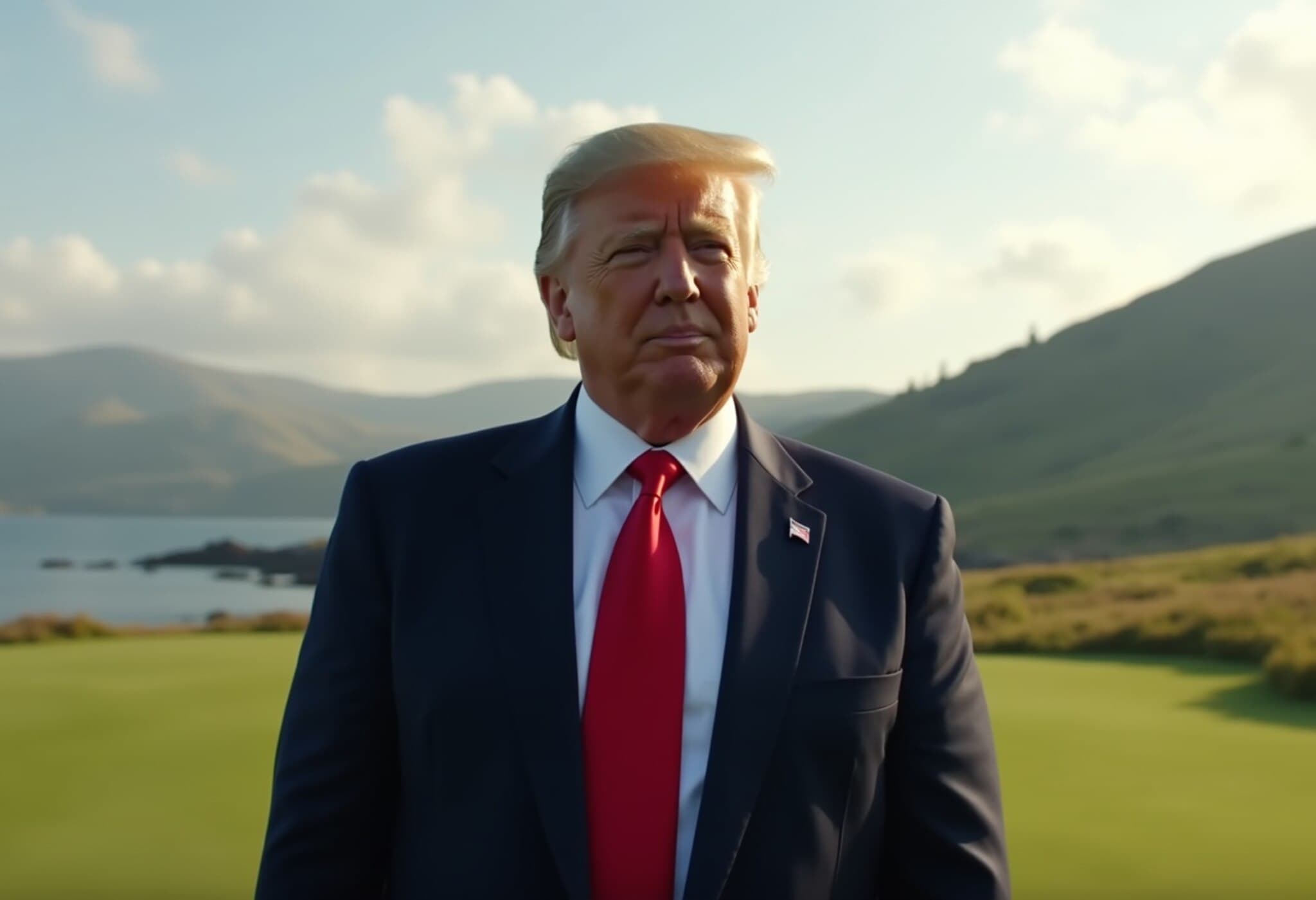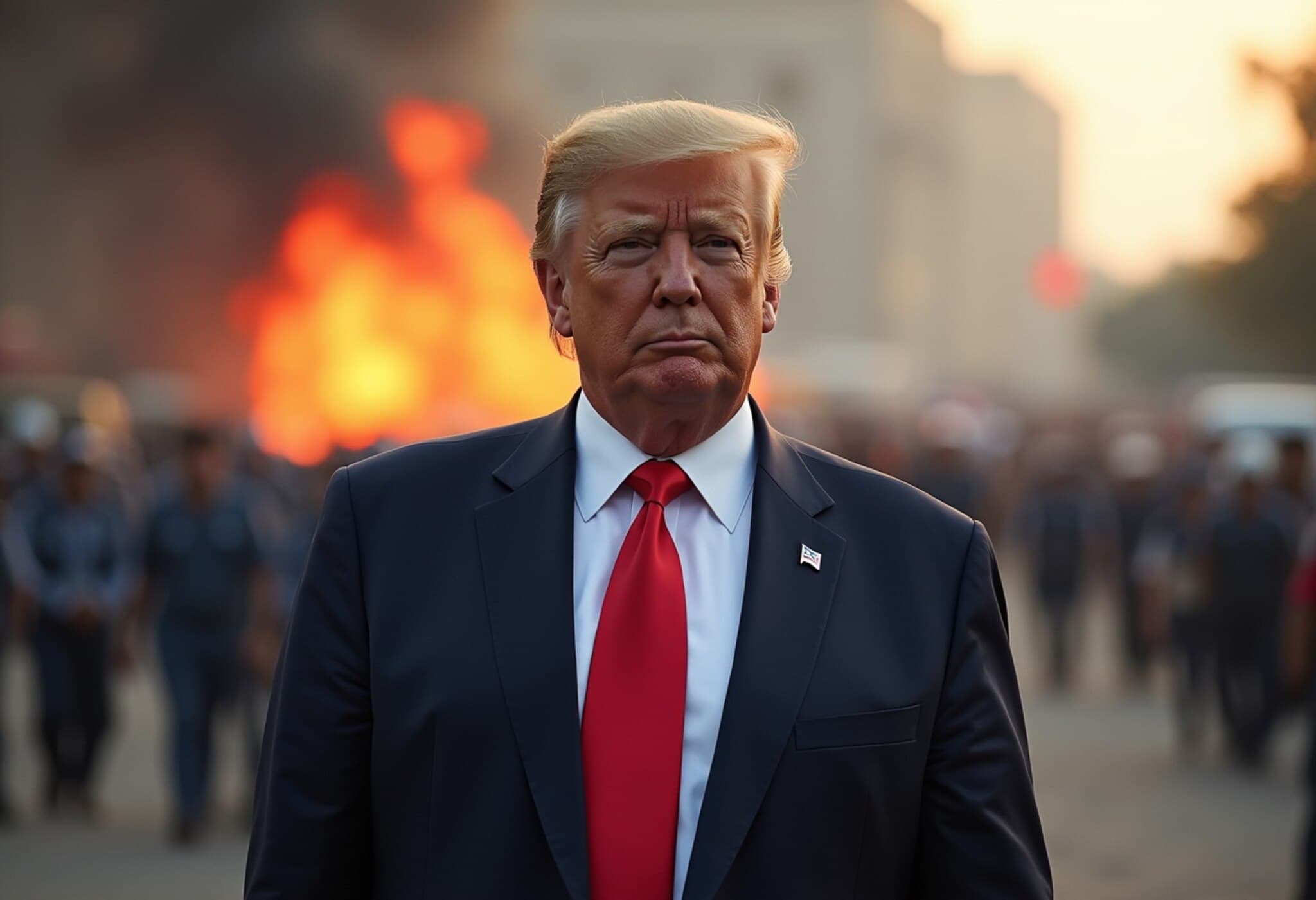China’s Premier Li Qiang Calls for Balanced AI Progress with Global Governance
At the forefront of the rapidly evolving artificial intelligence (AI) landscape, China’s Premier Li Qiang urged the international community to prioritize regulation and cooperation over mere speed of development. Speaking at the World Artificial Intelligence Conference (WAIC) in Shanghai on July 26, 2025, Li highlighted the urgent need for a global consensus on AI safety and governance as major powers vie for technological supremacy.
AI Race Needs More Than Speed: A Call for Regulation and Shared Benefits
While countries like the United States push aggressive innovation fueled by deregulation, Premier Li emphasized that the AI revolution cannot be governed by competition alone. “The risks and challenges brought by artificial intelligence have drawn widespread attention… how to find a balance between development and security urgently requires further consensus from the entire society,” he remarked. In a significant announcement, Li revealed plans for a China-led international organization to foster AI cooperation, likely headquartered in Shanghai, aiming to promote governance through extensive consultation and shared advantages.
Contextualizing the US-China AI Rivalry
This call for collaboration comes as the US, under a low-regulation policy framework, seeks to dismantle what President Donald Trump called “red tape” that stifles private-sector AI innovation. However, this approach has raised concerns regarding ethical oversight, misinformation, and workforce disruption due to AI integration.
The contrasting approaches between the US and China underscore a larger geopolitical fault line. While Washington leans towards rapid market-driven advances, Beijing is signaling readiness to champion a more regulated, cooperative AI ecosystem. Academic and policy experts note this as a critical juncture with three key players emerging: the US and its allies, China alongside many Belt and Road participant nations and developing countries, and the EU, which favors stringent legal frameworks like the EU AI Act.
Expert Insight: AI as a ‘Tiger Cub’—Balancing Potential and Risk
Illustrating the delicate nature of AI’s growth, Nobel laureate physicist Geoffrey Hinton, speaking at WAIC, likened AI to “a very cute tiger cub as a pet,” cautioning that survival depends on our ability to safely train this potent tool before it matures. This analogy resonates deeply as policymakers wrestle with AI’s transformative power and attendant risks.
China’s Pledge to Promote Open-Source AI and Combat Technological Monopolies
Premier Li stressed China’s commitment to advancing open-source AI models and sharing groundbreaking developments with developing nations, rejecting technologies controlled by monopolistic interests. He warned that if AI becomes the preserve of select countries or enterprises, it could undermine both innovation and fairness. This stance contrasts sharply against ongoing US export controls on advanced chips aimed at restricting China’s military ambitions and tech leverage.
Reflecting on obstacles, Li acknowledged an “insufficient supply of computing power and chips” as a key bottleneck, spotlighting a critical area for international engagement.
International Perspectives and the Road Ahead
UN Secretary-General Antonio Guterres, in a video message, framed AI governance as “a defining test of international cooperation.” Echoing this, French AI envoy Anne Bouverot called on the United Nations to spearhead efforts toward an open, transparent, and equitable AI regulatory framework.
However, global consensus remains elusive. While 58 countries, including China, France, and India, have advocated for stronger coordination, the US and UK have resisted calls for heavy-handed regulation, fearing it may stifle innovation. This division underscores urgent questions about balancing innovation, security, and ethics in AI’s global future.
What This Means for the Future of AI and Global Power Dynamics
The unveiling of the China-led AI cooperation body could mark a pivotal shift in global tech governance, challenging the “America First” approach and encouraging a multilateral model where benefits and responsibilities are shared. For the United States and its allies, this signals a need to revisit strategies around AI leadership, perhaps blending market innovation with meaningful oversight.
As AI continues to reshape economies and societies, the decisions made in arenas like WAIC and international forums will reverberate for decades. Will countries find common ground, or will competition deepen the technological divide? These are questions policymakers, companies, and citizens must grapple with as AI grows from a promising tool into a defining force of the 21st century.
Editor’s Note:
The AI frontier is more than a race—it is a test of global cooperation, ethics, and vision. Premier Li Qiang’s call for regulation acknowledges that unchecked technological speed can lead to unintended consequences. As AI infiltrates every corner of life—from healthcare to national security—how will the world construct frameworks that balance innovation with responsibility? And crucially, how might these emerging alliances reshape geopolitical power long dominated by tech giants? Readers are invited to watch this space carefully.

